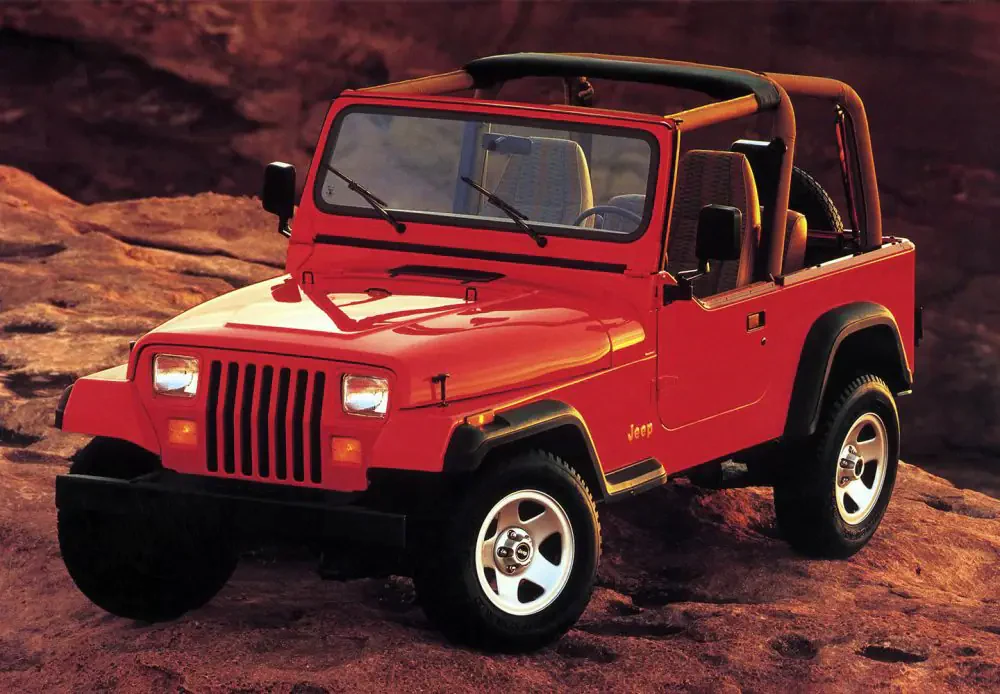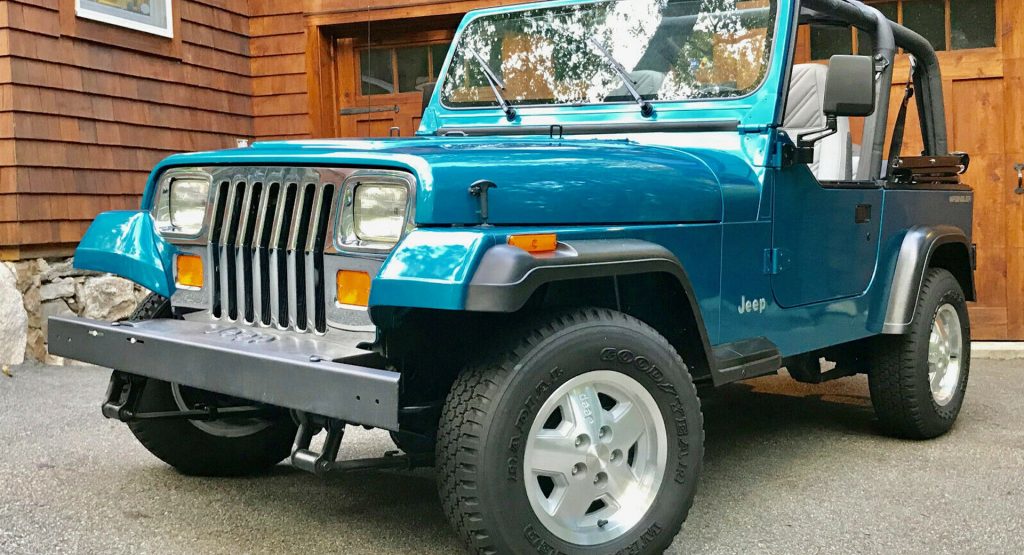Jeep YJ
Identifying Your YJ
If your vehicle’s pink slip proudly bears the name “Wrangler,” you are the owner of a YJ model produced between 1987 and 1996. These dynamic vehicles were equipped with either a 5-speed standard transmission or a 3-speed automatic transmission. Similar to the CJ series, the YJ features leaf springs both at the front and rear.

Technical Specifications
The YJ’s front axles were Model 30’s, often equipped with a vacuum-operated disconnect. Rear axles were Model 35’s, with an optional upgrade to the more robust Model 44. Transfer cases, known as Command Trac (N.P. 231), offer a versatile choice between 2-wheel drive and 4-wheel drive in both high and low modes.
Recommended Upgrades:
- Shackles and Hangers: Strengthen and enhance safety by upgrading shackles and hangers for stock vehicles.
- Shackle Reversal Kit and Steering Box Support: Improve steering precision with a shackle reversal kit and provide additional support to the steering box.
- Heavy-Duty U-Bolt Skid Plate: Address the vulnerability of factory U-bolt plates by replacing them with a heavy-duty skid plate, offering protection for both U-bolts and shocks.
Distinctive Features

- Headlights and Tailgate: YJs are easily recognizable by their square headlights, a departure from the round ones seen in previous models. The swing-out tailgate adds to the vehicle’s distinctive appearance.
- Lower Profile: In contrast to the CJ series, Wrangler YJs boast a lower profile, contributing to both aesthetics and functionality.
- Lug Nut Pattern: The lug nut pattern of the YJ is 5 on 4.5″, emphasizing the unique specifications of this iconic off-road vehicle.
Whether you’re navigating city streets or conquering off-road trails, your Wrangler YJ is not just a vehicle; it’s a symbol of adventure and capability.